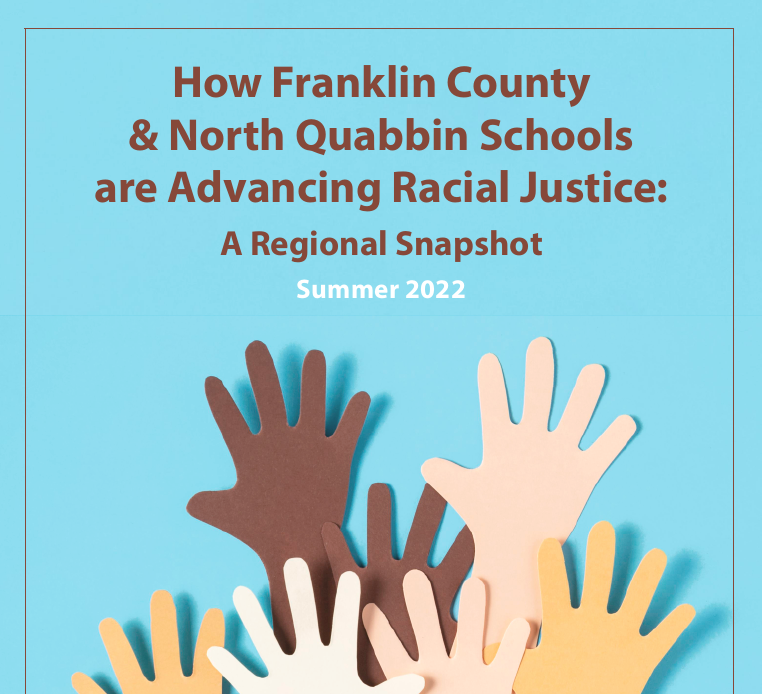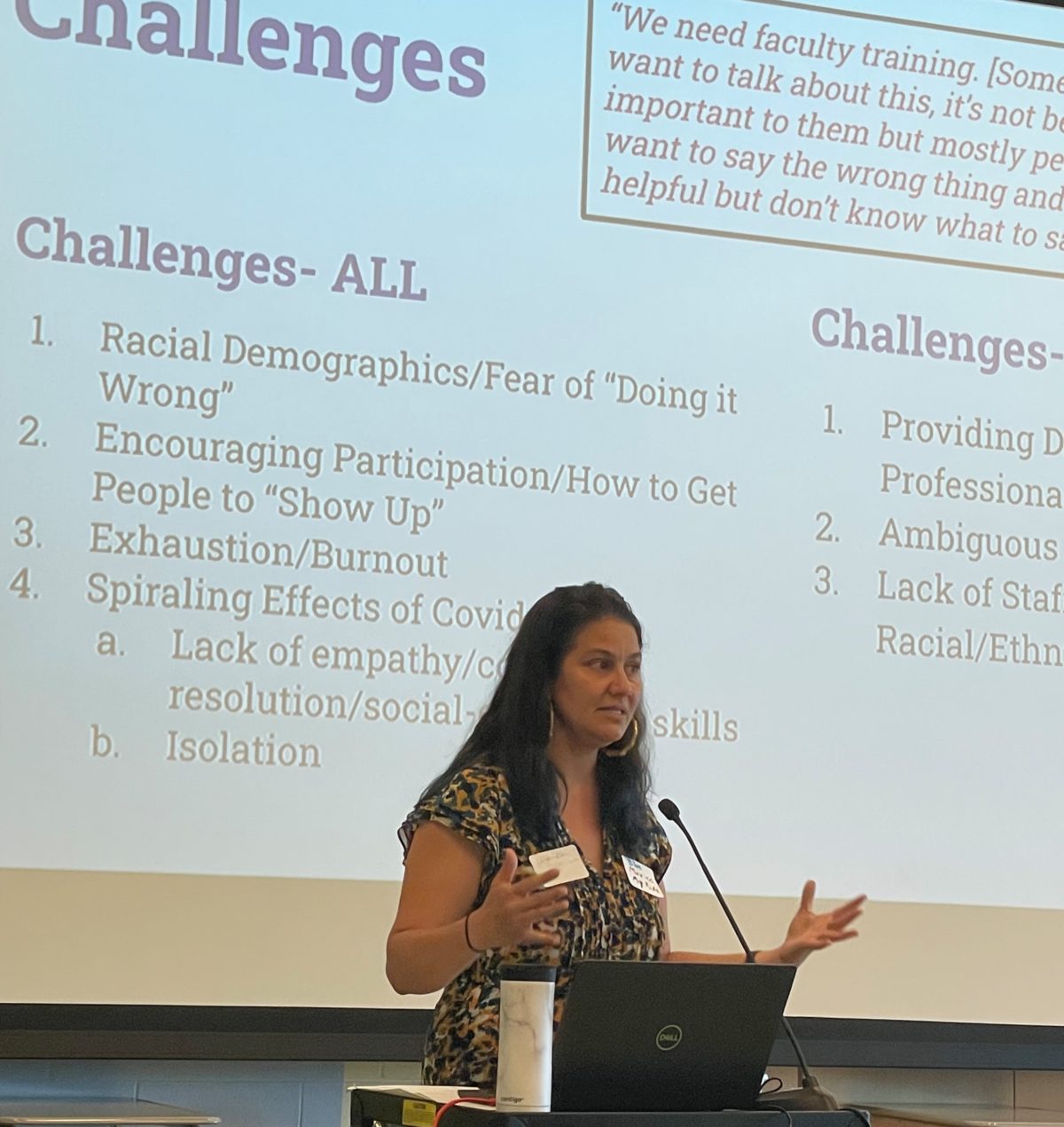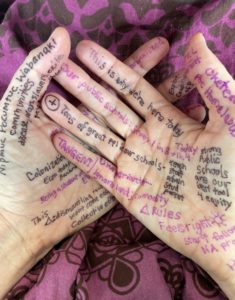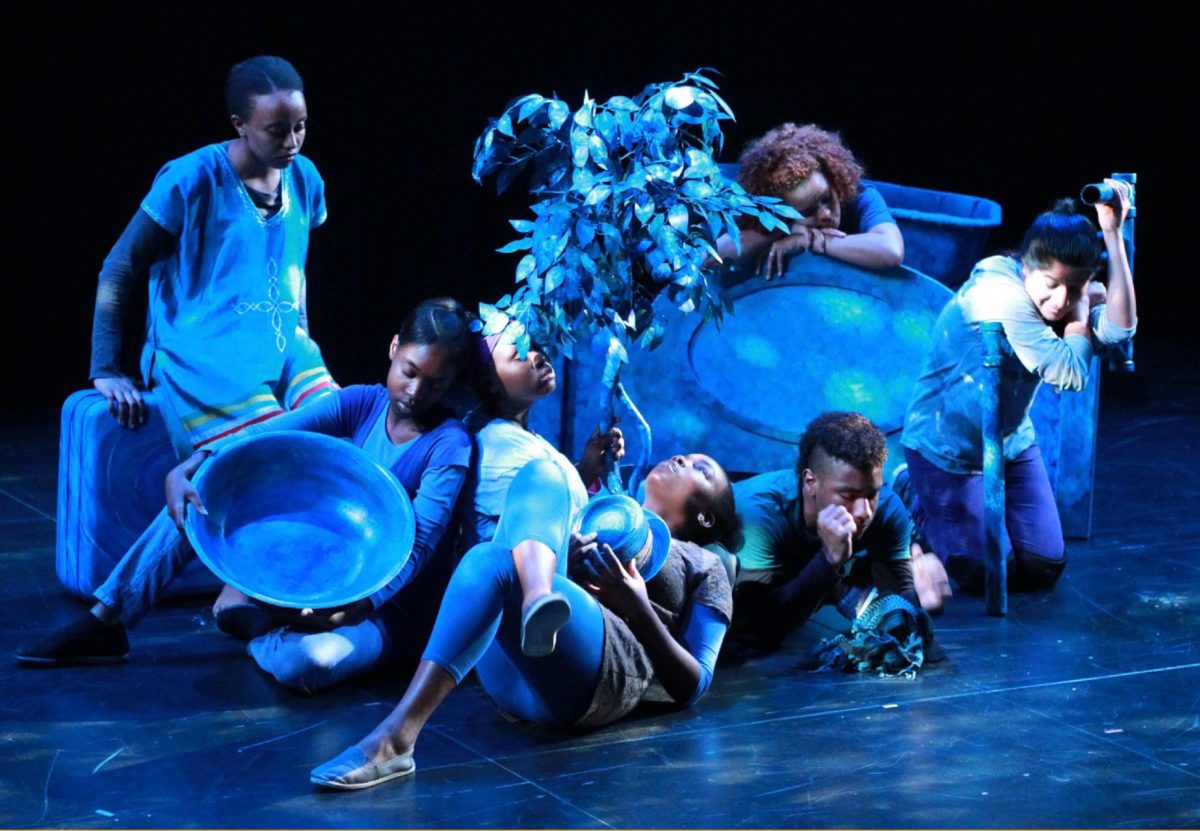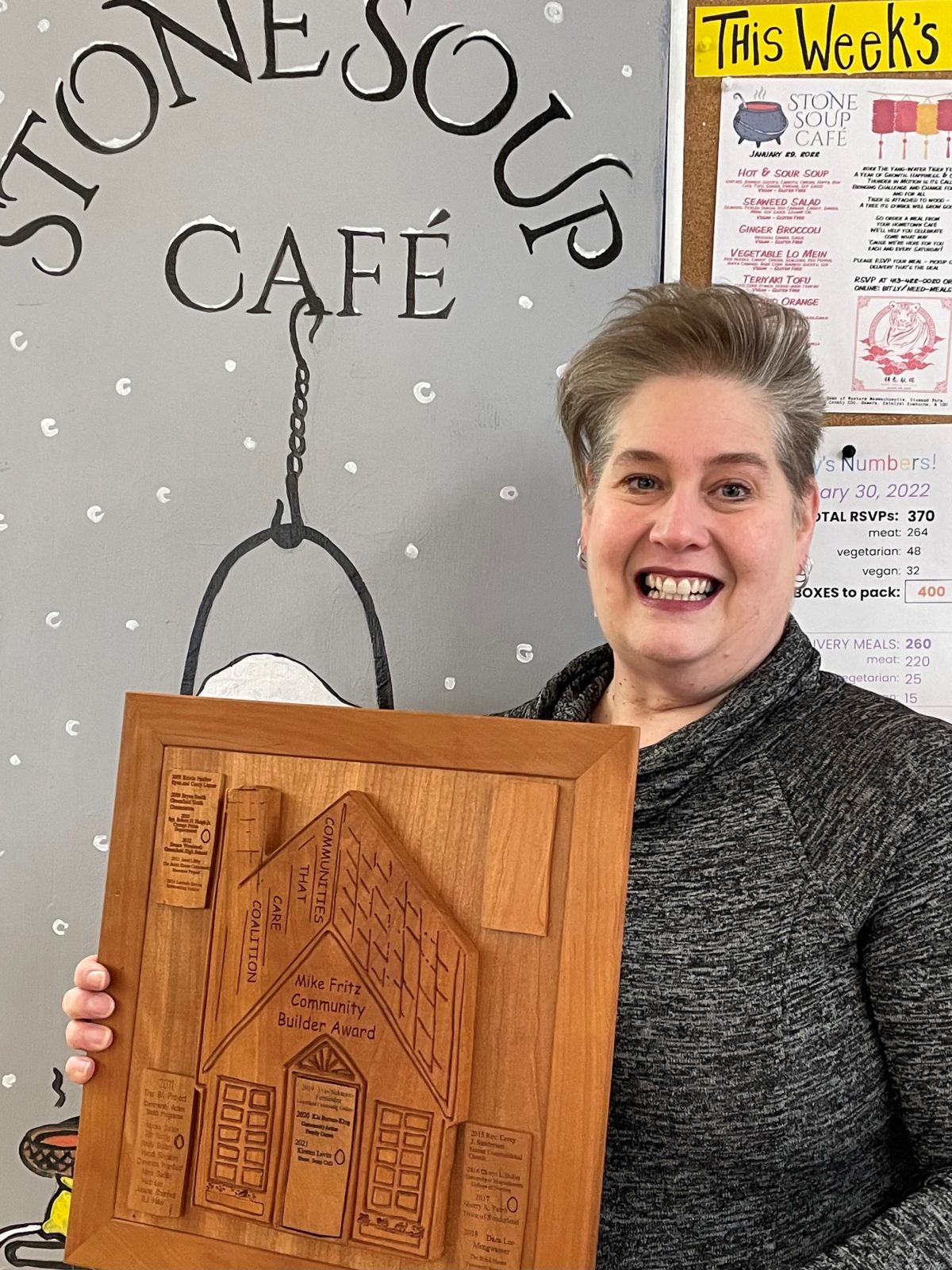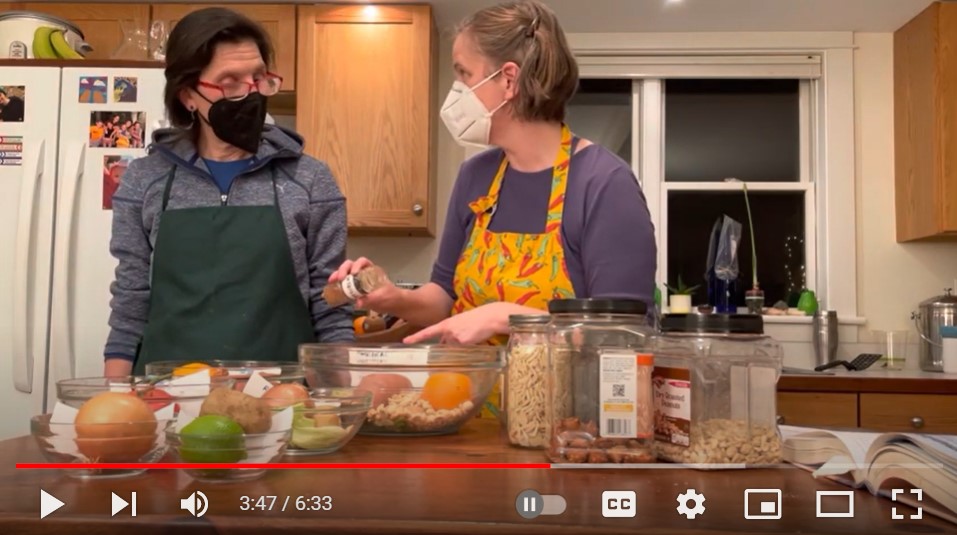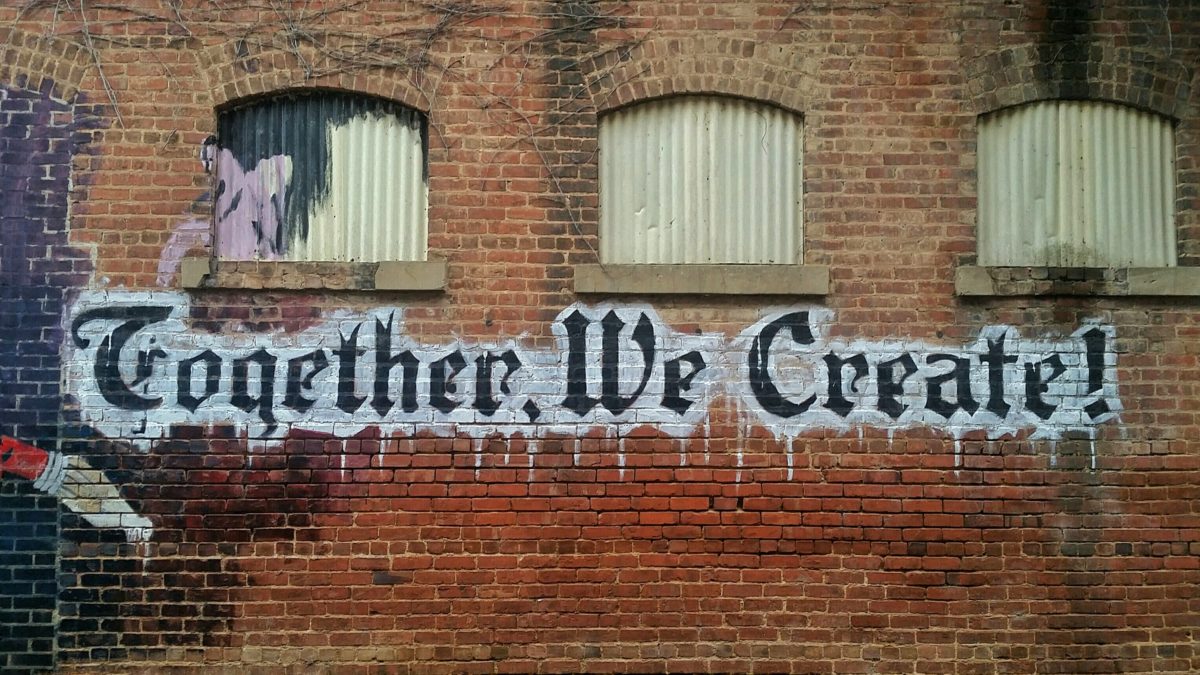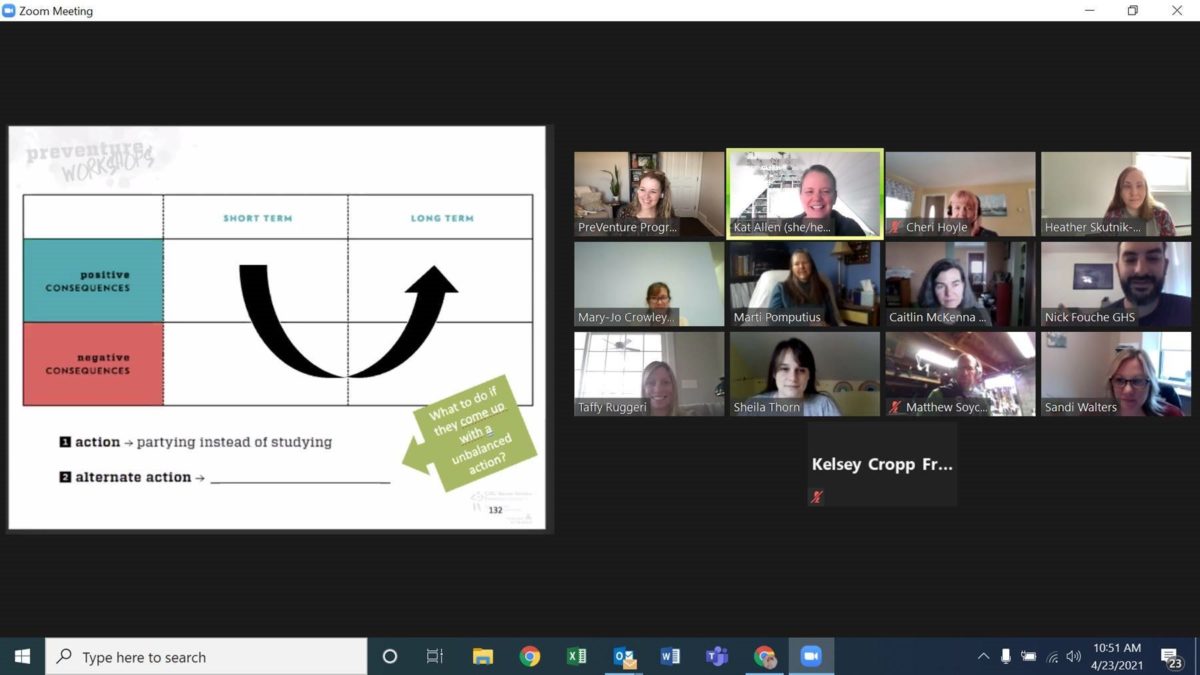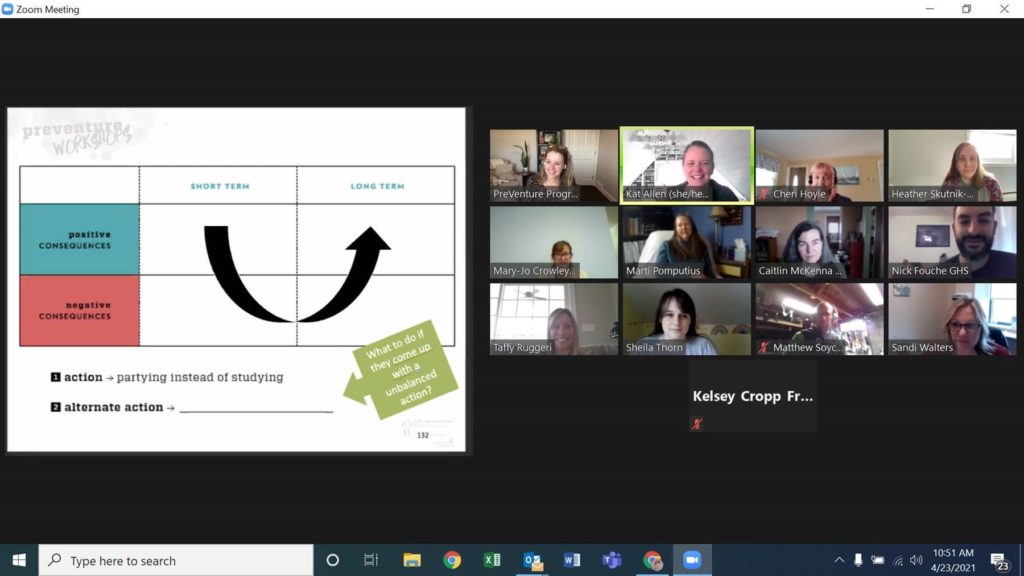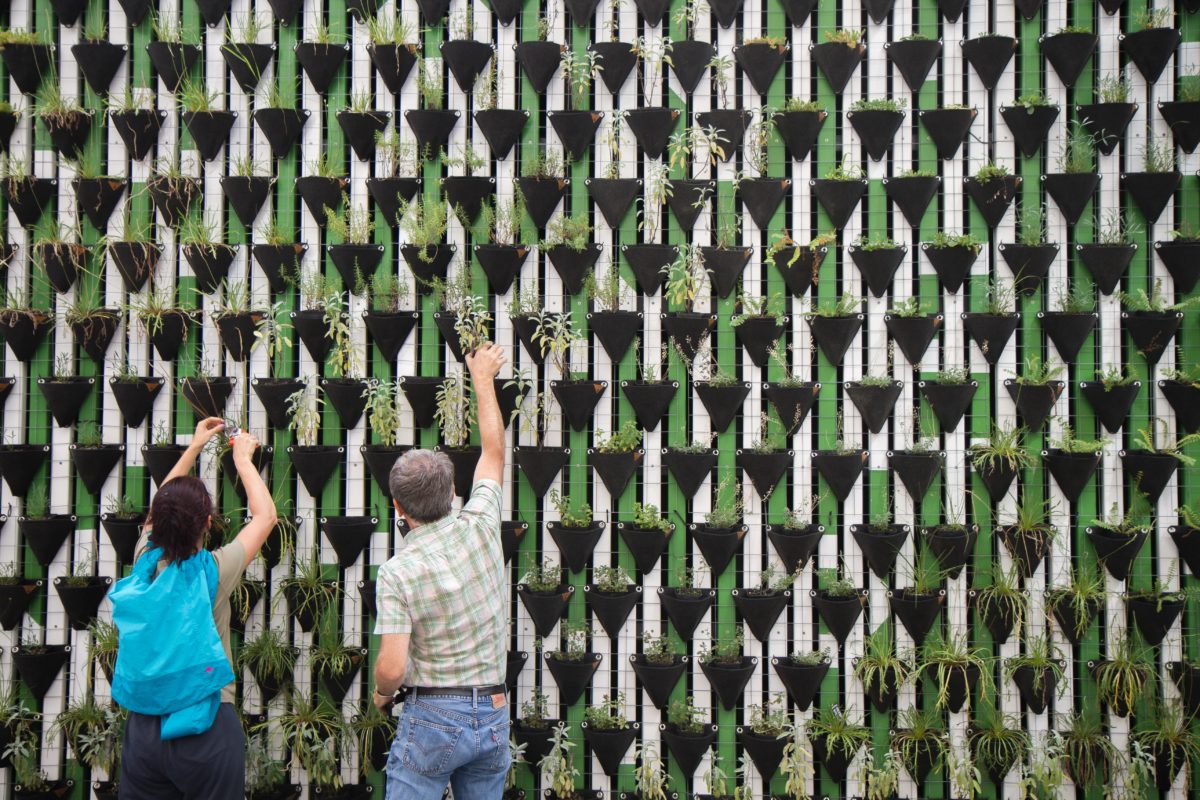The Coalition’s Mike Fritz Community Builder Award was presented to Kirsten Levitt of Stone Soup Cafe at the February 4th Full Coalition meeting. Click here for a video of Kirsten receiving the award.
The Communities that Care Coalition has 2 awards that travel around…and the fall is when we present the Community Builder Award in honor of one of our founders, Mike Fritz. This award goes to a community member who demonstrates vision and leadership in promoting the goals of the Communities That Care Coalition in the community.
This past year the award has been with the incredible Kia Burton-King of Community Action’s Family Center, honoring her and her work supporting parents, young people and families.
This year (2021) we are delighted to give the award to Kirsten Levitt of the Stone Soup Café.
Kirsten has been serving the community for decades, including many years as a public school teacher, where she was particularly passionate about making sure children could read and write. She started working with Stone Soup Café, just about 10 years ago, occupying many different roles (often simultaneously, while still teaching and attending graduate school!!). Kirsten is currently the executive director of Stone Soup. She is an active member of the Franklin County Resource Network’s Hunger Task Force and is a community leader on food justice issues. She is also the Massachusetts coordinator for the Poor Peoples’ Campaign.
Stone Soup is a pay-what-you-can gourmet hot luncheon served by volunteers every Saturday afternoon in the All Souls Church in downtown Greenfield (so says the website!). That is just the beginning of what Stone Soup is—it is a community-building organization, that creates a space where all are welcome to break bread together, to learn about and take action on Racial Justice and social issues, and to lift up lived experience as expertise. The COVID pandemic has uncovered the extent of food insecurity in our region and revealed the great need to work together even more to meet the immediate need for food and to change the story and the systems that perpetuate food insecurity! Stone Soup is currently cooking for 500 people/week, through direct pickup and delivery and in collaboration with the Franklin County Community Meals Program. These are not just any meals: They are made with locally grown and produced ingredients as much as possible, and support a variety of food needs including gluten free, dairy free, vegetarian, and vegan. And they are beautifully and deliciously created celebrations of the people in our community—all of them!! They also run a free pantry store, and host a variety of community programs, most recently the virtual film festival in honor of Dr. Martin Luther King Junior Day. Stone Soup currently has 8 paid staff, 8 volunteer staff, and over 40 volunteers who support the café’s various activities.
Kirsten embodies many of the goals of Communities That Care. She has always been a champion of people whose voices are silenced in many contexts, and fostering their leadership skills. She is a collaborative leader, always working to lift up others, and is happy to work in the background (in the kitchen!) while others are in the spotlight. She is fearless when it comes to questioning traditional ways of doing things, and always ready to try something different, and encouraging those around her to do the same. And she is passionate about creating personal connection and fostering the kind of community where people can trust each other and count on each other.
Kirsten always reinforces the most positive aspects of our community and its residents and is a staunch champion of Franklin County and the North Quabbin region! Please join us in congratulating Kirsten Levitt on the Mike Fritz Community Builder Award!

